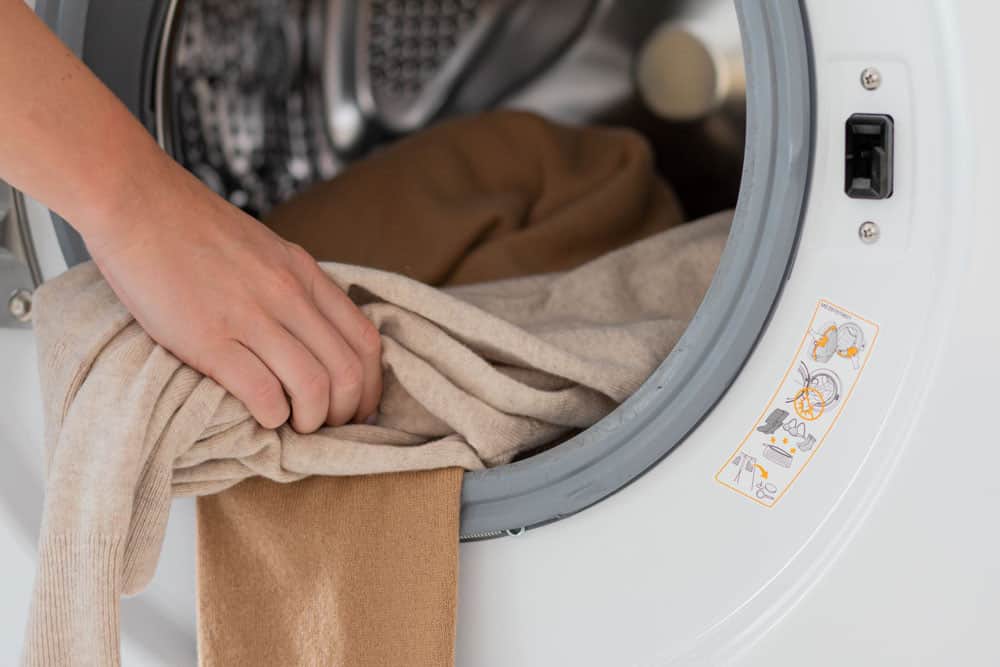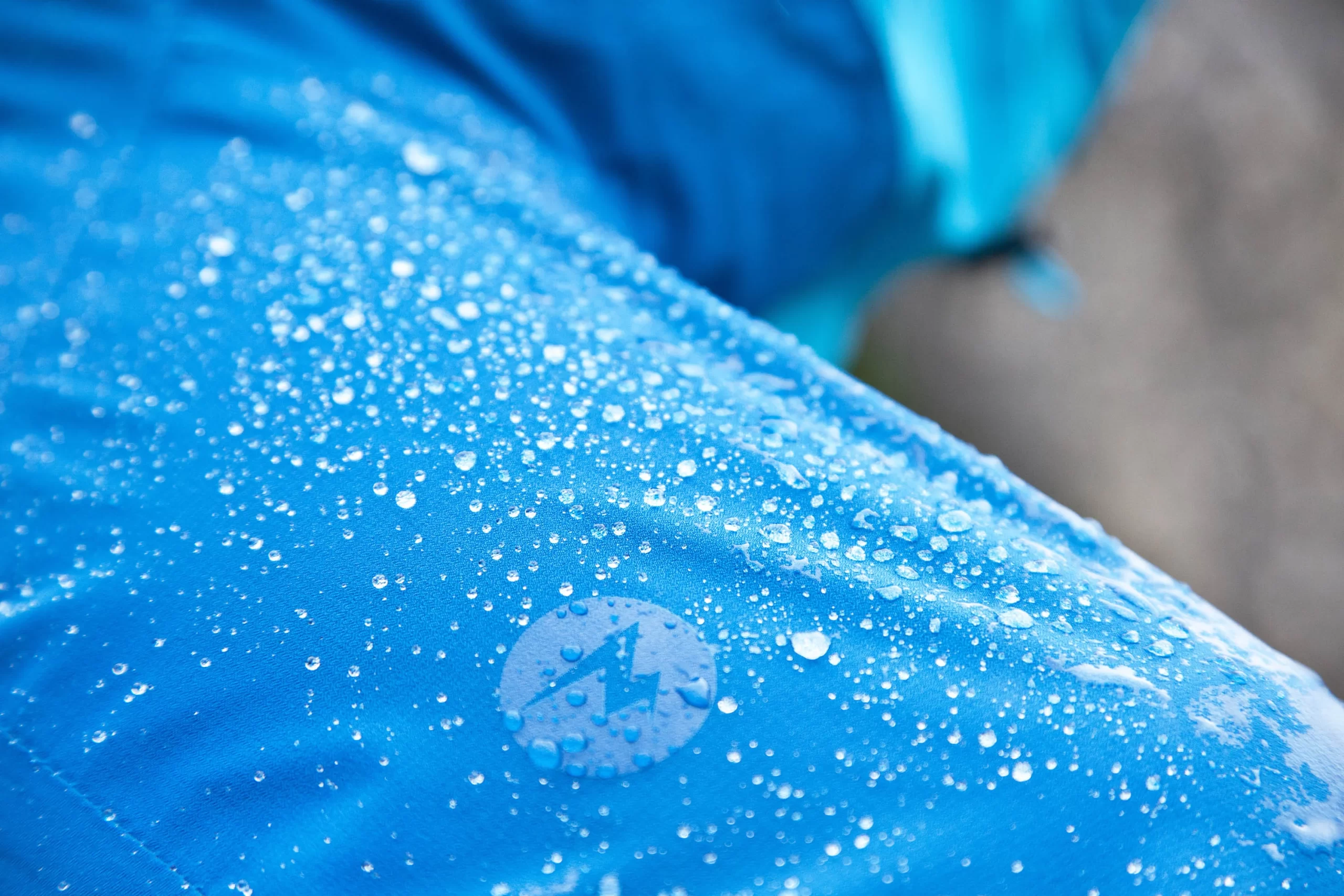In this article, we will share with you the complete guide to Shrinkage Test…
Textiles basic concepts – physical test
Color fastness (1)
1. Relevant regulations
United States: Mandatory
FTC (Federal Trade Commission Regulation) 16 CFR 423: Textile and Clothing and Cloth Maintenance Labeling
EU: non-mandatory
Oeko-Tex 100
Eco – industry standards
China: Mandatory
GB 18401-2010: Technical specifications for national textile products
2. Test methods and test requirements
1) United States
Color fastness project
Testing requirements
Friction color fastness
AATCC 8/116
Dry:
4.0/ 3.5(Dark)/ 3.0(Denim)
Wet:
3.0/ 2.5 (Dark)/ 2.0(Denim)
Water fastness
AATCC 61
Color change: 4.0 / 3.0 (Tie, pigment, denim)
Color staining: 3.5 / 3.0 (Tie, pigment, denim)
Dry color fastness
AATCC 132
4.0
Chloride bleach / non-chlorine color fastness
CPSD-SL-31003-MTHD
CPSD-SL-31003-MTHD
CPSD-SL-31004-MTHD
4.0/4.0
2) EU
Color fastness project
Test Methods
Water fastness
ISO 105 E01
Acid perspiration color fastness
ISO 105 E04
Alkaline perspiration color fastness
Dry color fastness
ISO 105 X12
Saliva and perspiration color fastness
§ 64 LFGB 82.10-1
3) China
Color fastness project
Test Methods
Water resistant (discolored, stained)
GB/T 5713
Acid and sweat (discoloration, stain)
GB/T 3922
Alkali-resistant sweat (discoloration, stain)
Resistant to dry friction
GB/T 3920
Resistant to saliva (discoloration, stained)
GB/T 18886
3.Color fastness test common problems and solutions
1) Frequently Asked Questions for Color rubbing fastness:
For the wet rubbing fastness of medium, dark cotton, linen and its blended products, most of them are below level 2- 3, which lower than the requirements of common standards.
The wet rubbing fastness of dark, thin and wool-containing fluffy products are far lower than regular.
Part of the surface rough or fluffy fabric, including paint dyeing and printing products dry friction fastness cannot meet the minimum requirements of the standard.
2) Factors that affect the color fastness to reactive dyes:
The structure and characteristics of the reactive dyes themselves
The nature of the cellulose fabric
pre-treatment effect, fabric damage and smooth surface
dyeing process and dyeing effect after soaping
fabric dyeing after the fixing effect
the effect of dyeing fabric finishing and the effect of cellulose fiber degradation
3) How to improve the rubbing color fastness
Prior to pretreatment of cellulosic fibers prior to dyeing, such as mercerizing, singeing, cellulose smooth processing, desiring scouring, bleaching, washing, drying, it can improve the fabric surface finish and hair effect, reduce the friction resistance.
Dyeing process to join the penetrating agent and other additives is conducive to the diffusion and penetration of dyes, to avoid excessive accumulation of dye molecules in the fabric surface, resulting in too much floating color. Fixed color needs to be full, and strengthening reducing soaping washing floating color after dyeing.
With high-performance fixing agent, the selected fixing agent should be able to form a compound between the dye and the fiber. In response to the dye, the reaction can be crosslinked with the cellulose fibers, so that dye fibers can be tightly linked together, to prevent the dye fall off from the fiber and avoid the decline in color fastness.
Silicone or oxidized polyethylene emulsion, it can give fabric smoothness, and in the fiber surface film, reducing the friction resistance, So that the dye crystals or aggregates gathered on the surface of the fiber are not easily rubbed down.
The use of film-forming resin performance design developed special film formers, It play a role in blocking and isolation, reduce the fiber on the dye by the coefficient of friction and strength to improve the wet rubbing fastness. But the film-forming agent will affect the comfort, which it is necessary to enhance the soft finishing.
Use the reactivity and film-forming properties of waterborne polyurethane adhesives. The reaction occurs on the one hand with the fiber and dye to make dyes, fibers firmly together and more closely, the contact of dyes (reactive and unresponsive) with the aqueous medium improving the wet rubbing fastness.
This Post Has One Comment
Leave a Reply
You must be logged in to post a comment.




Keep up the wonderful work, I read few posts on this website and I conceive that your site is really interesting and has bands of excellent information.